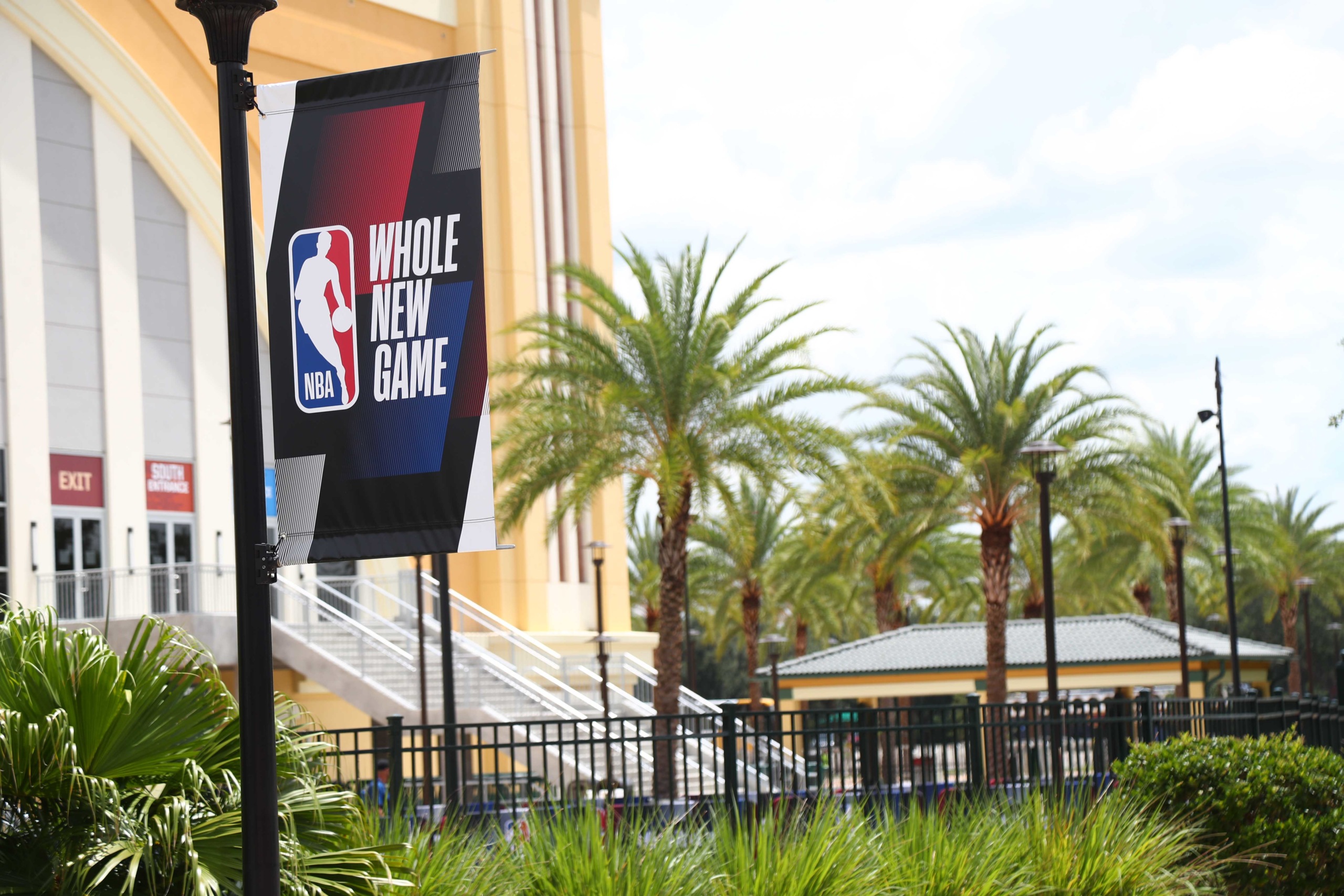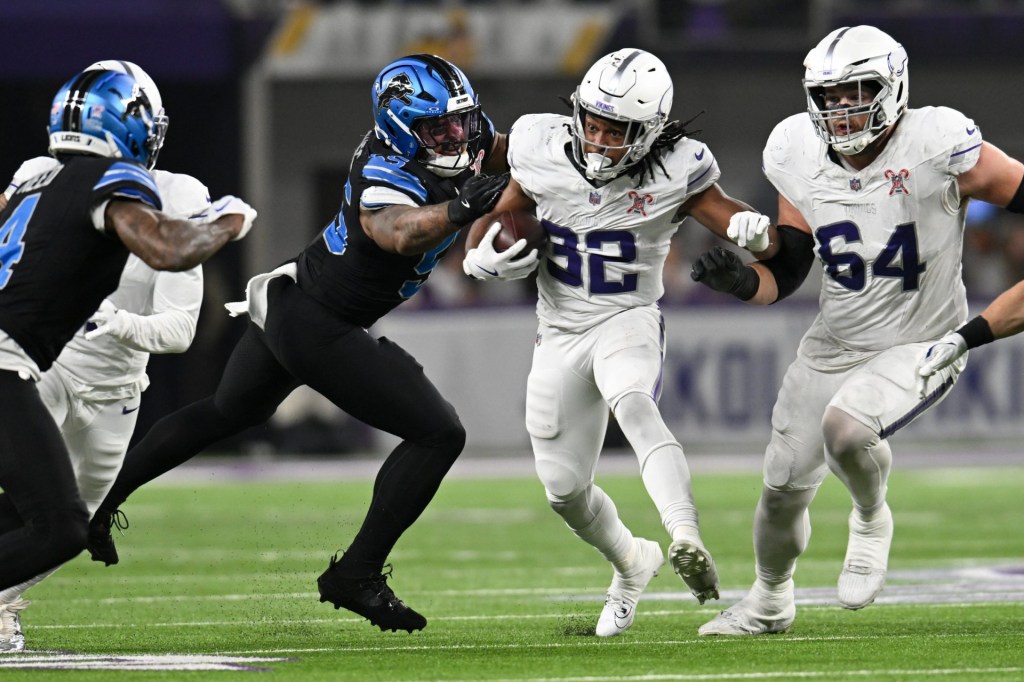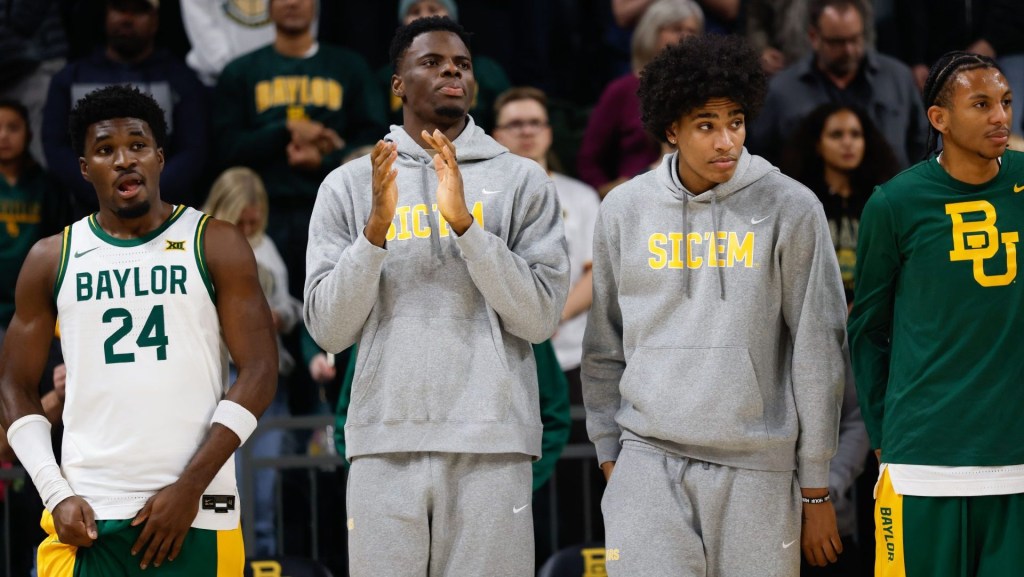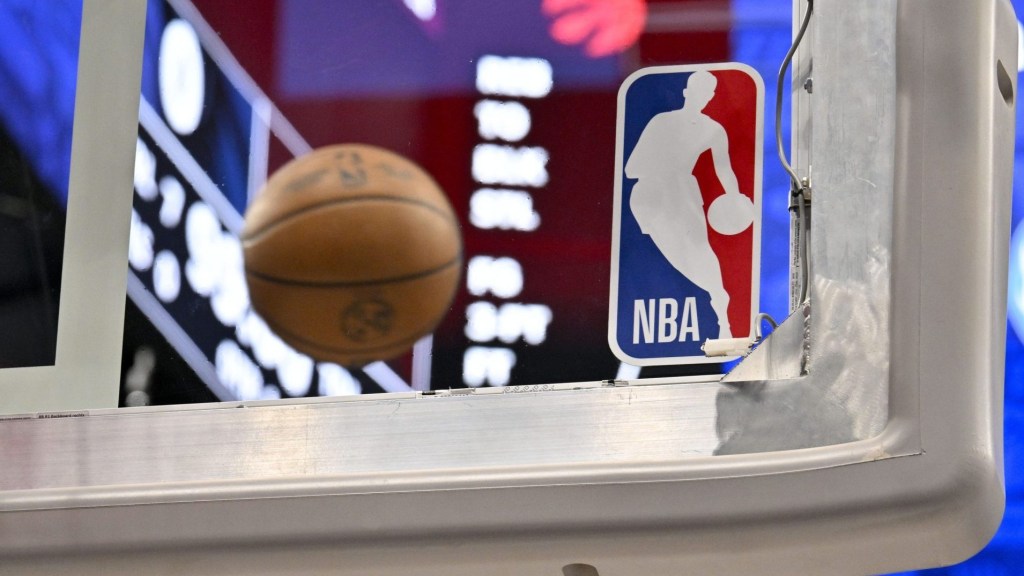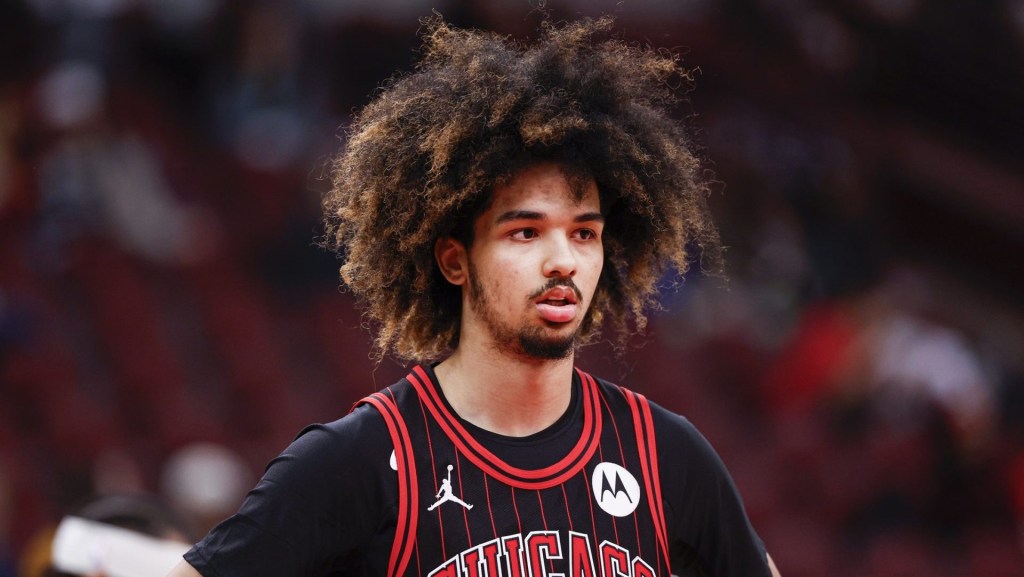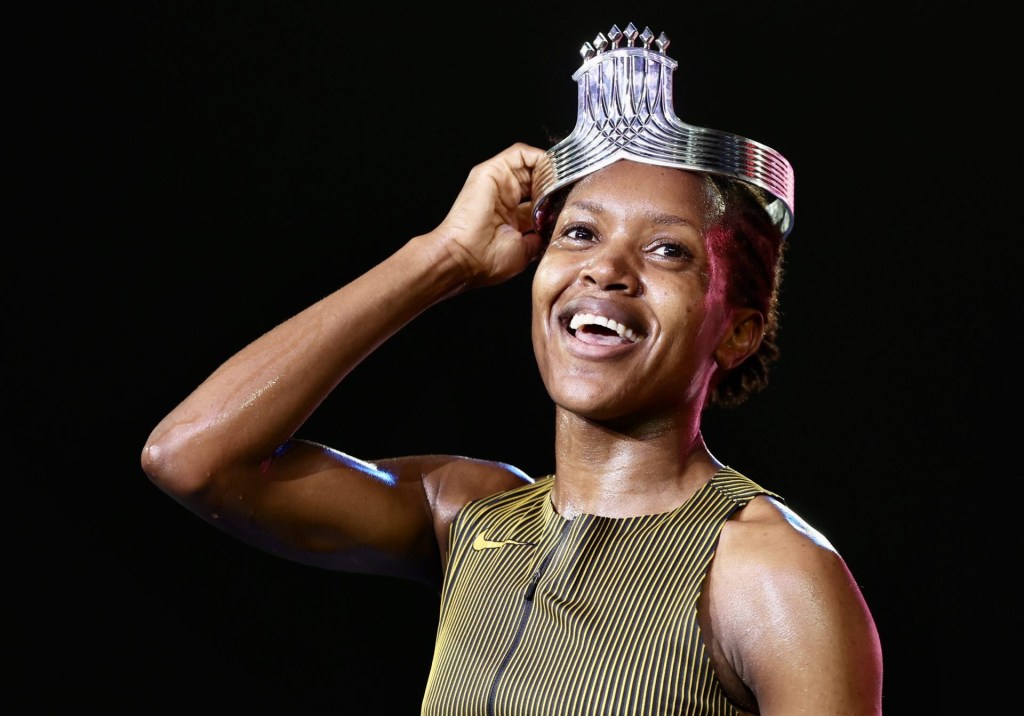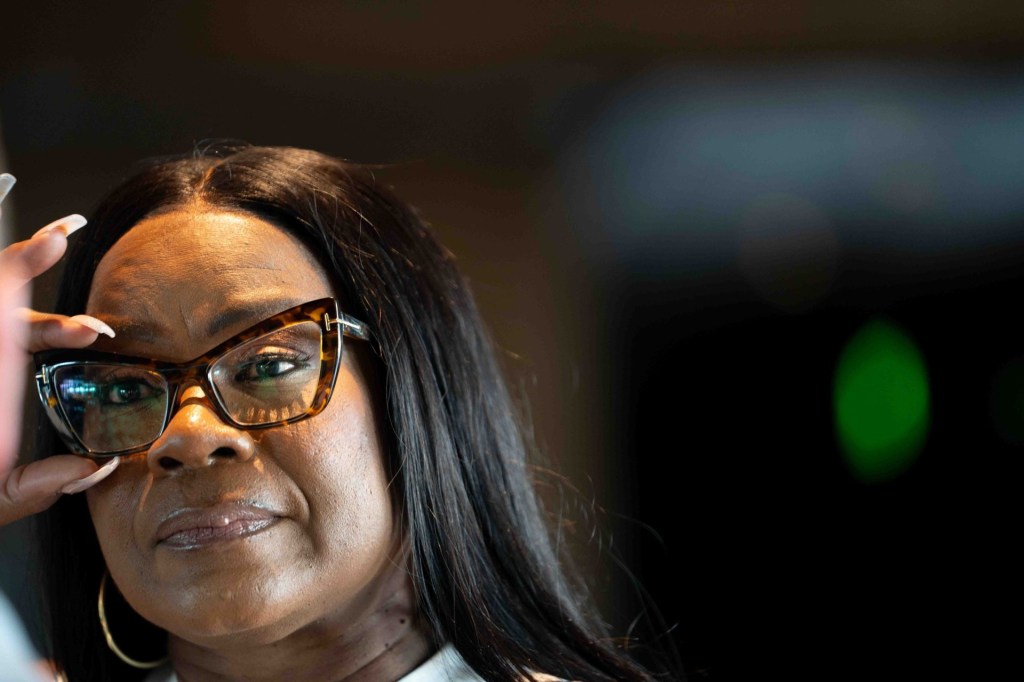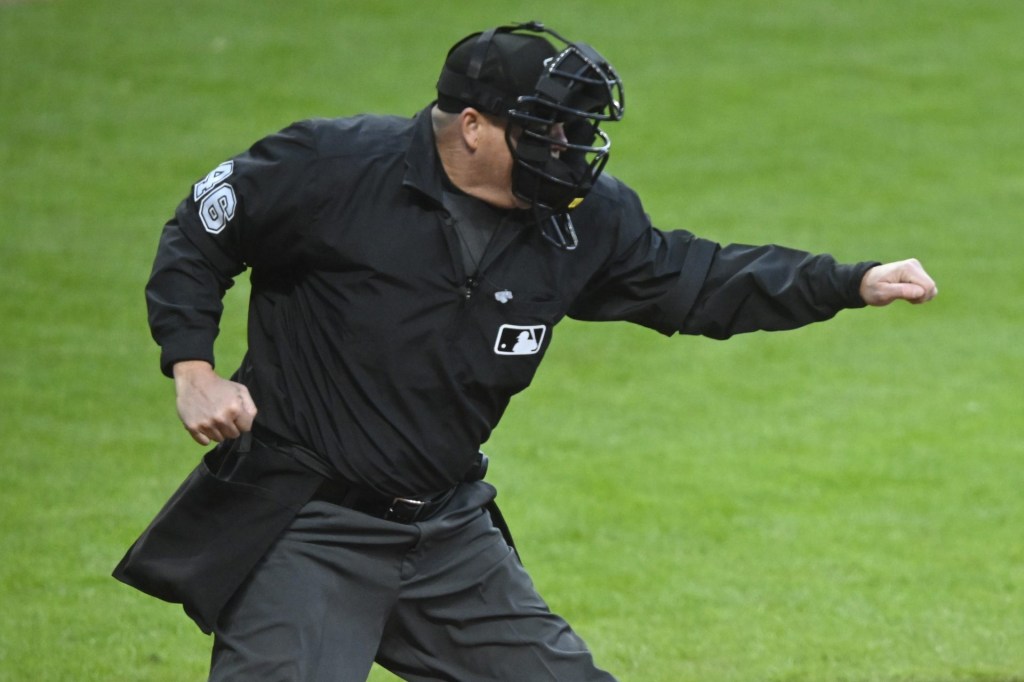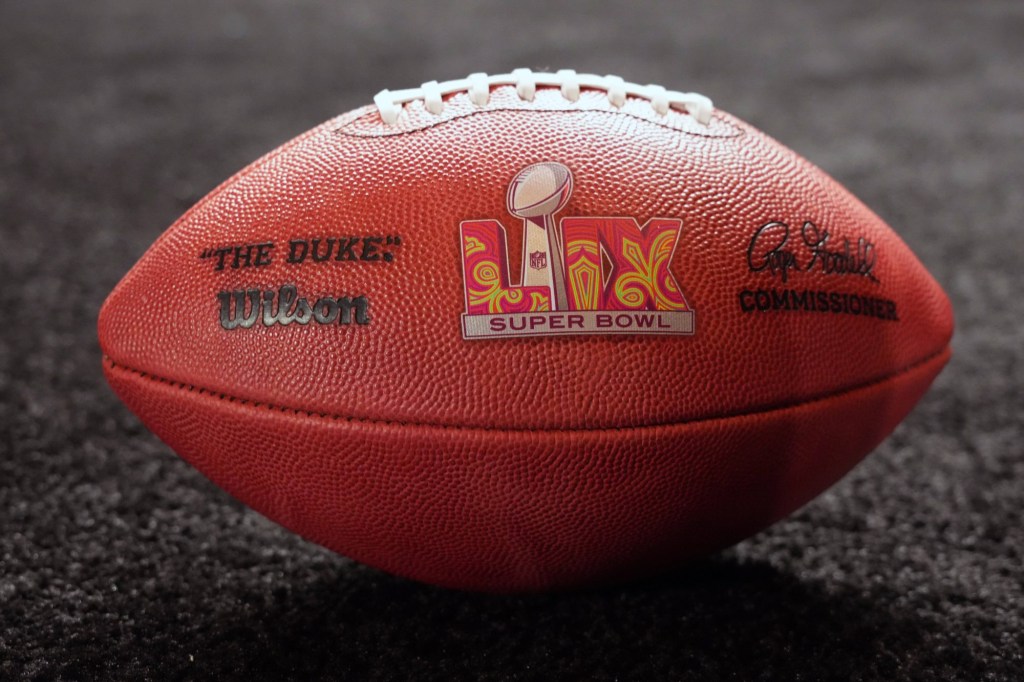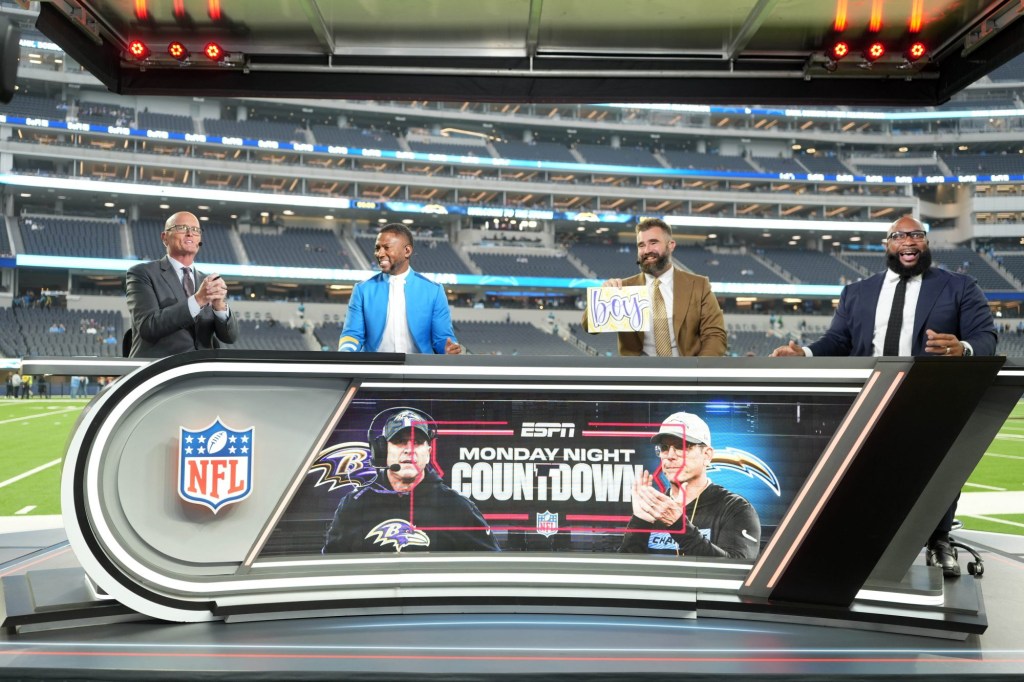NBA players can reach for a new recovery tool when sitting courtside as part of the league’s latest partnership.
Hyperice designed an NBA-specific Hyperbox – which includes a Hypervolt massage gun that retails for $399 – for each player’s seat on the bench, according to the multiyear deal announced on July 30.
The percussive products from Hyperice and rival Therabody – manufacturer of the Theragun – have become popular in training rooms and physical therapy clinics over the last couple of years. Percussive therapy is one of the latest myofascial release tools touted to help with soreness, recovery and flexibility.
“One of the things we are concerned about in the NBA is player health and comfort,” Dan Rossomondo, NBA senior vice president of media and business development, said. “We noticed players using these and we had a conversation between the league and Hyperice about a like-minded partnership.”
Financial terms of the deal were not disclosed. A person with knowledge of the length of the deal told Front Office Sports it runs at least three years.
“The NBA is one of the most forward-thinking leagues in the word,” Hyperice CEO Jim Huether said. “We see our brand as a combination of Tesla, Apple, Nike and Dyson for the recovery and wellness space. This partnership will elevate both brands.”
Hyperice’s products have previously been used by players and some – including Kobe Bryant – played a role in developing cold and heat recovery products, according to Huether.
“Our company has had a bunch of big moments through the years,” Huether said. “One of those was Kobe Bryant, who helped with ideas to make our ice compression product look better aesthetically in the early days.”
Huether also credited LeBron James and Kawhi Leonard’s use of its Venom line of heat therapy and other devices over the years to give Hyperice some cachet.
READ MORE: Addaday Inks Deal With U.S. Ski & Snowboard In Therapy Device Category Push
Detroit Pistons forward Blake Griffin said in a news release he invested in Hyperice when it was a year-old startup in 2011.
“The brand has made huge strides since then and has continued to evolve and innovate new technologies that we as players have all benefited from,” said Griffin, who underwent arthroscopic knee surgery in January.
No other recovery devices other than Hyperice products can be used on the bench during games, although team medical and training staff are free to use products made by competitors elsewhere.
Hyperice will debut its “Keep Moving” television commercial alongside the league returns to action after the pandemic forced play to halt in March. The spot – featuring Griffin, tennis star Naomi Osaka, Pittsburgh Steelers receiver JuJu Smith-Schuster and Team USA Olympic runner Colleen Quigley – is scheduled to run during the Los Angeles Clippers- Los Angeles Lakers opening night on TNT.
Beyond the ads, players captured on camera using the Hypervolt will give Hyperice some major brand recognition.
“That’s why they wanted to partner with us,” Rossomondo said. “Their products will be seen in and around our benches [on television] and in stands when we get back to normalcy. That’s some significant exposure.”
